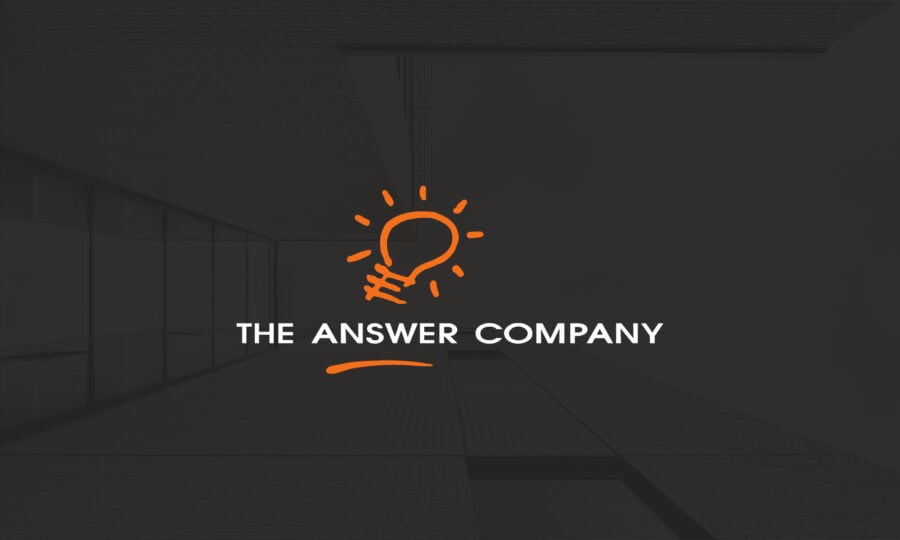Acumatica vs NetSuite Part 3: Verticals, Data, Reporting, Customization & Final Thoughts
In part 1 and part 2 of this blog series comparing NetSuite and Acumatica ERP solutions, we looked at pricing, deployment, licensing and scalability. Now it’s time to take a look the functionality of Acumatica and NetSuite to gain insight into which cloud business management solution has the features and flexibility you actually need for your business. If you’re just jumping in now we recommend starting from part 1 so you don’t miss out on important distinctions between these two systems.
Verticals
When choosing a business management solution, it’s important to remember that it’s not necessarily as cut and dry as which solution is “better”. In all likelihood both solutions you’re considering are great, but which solution is better suited to your needs? The challenges your business faces and subsequent functionality you need are heavily impacted by your industry, so to start with, it’s essential that you investigate if the solution you’re considering offers the industry specific functionality you need.
In terms of functionality, Acumatica and NetSuite are both robust solutions with an impressive resume of features to offer. They each have different strengths when it comes to particular verticals, for example Acumatica provides more powerful manufacturing specific features than NetSuite, whereas NetSuite really shines when it comes to eCommerce specific features. However, your industry is not the single determinant of your needs. In fact the specific features that are required can vary from business to business even if you’re in the same industry. For that reason, it’s impossible to say whether Acumatica or NetSuite are better when considering verticals. It’s essential to work with a solutions partner to conduct a discovery of your business to determine which cloud solution is the best fit, otherwise you’ll be basing your decision on industry generalizations as opposed to your specific needs.
Reporting & Customization
Both Acumatica and NetSuite offer a large library of standard reports and modern, interactive dashboards that summarize your data into essential bite-sized snapshots. The biggest difference when it comes to reporting in Acumatica and NetSuite lies within customization.
NetSuite
While NetSuite’s analytics and reporting features are robust and detailed, it is incredible difficult to customize reports or create new ones. This means that if you want to create or modify a report to suit your unique needs, you’ll encounter roadblocks that prevent you from doing it altogether, or make the changes time consuming. Issues with customization aren’t limited to reporting. NetSuite users don’t have direct access to the system, database or source code which prevents you from truly customizing the software to meet your needs. That’s not to say that customization is impossible, but it’s highly restricted and any changes you wish to make will have to be done through NetSuite support (which comes at an increasing cost depending on the level of support you need, meaning that customization will come at a significant price).
Acumatica
With Acumatica users have access to their data, servers and source code, whether you’re looking to create custom reports & dashboards (which are both quick and easy), or personalize the solution to suite a specific want/need, you’ll have the ability to do it without needing to get Acumatica involved for support. This can be done either through a business partner (like say, The Answer Company), or internally if your staff are capable.
Data
NetSuite
In addition to limitations with customization, NetSuite also restricts how you can export your data. In NetSuite, you can only export your data in a .CSV file, and if you need to export it in another format the process is long, expensive and difficult. This can pose big challenges if you need to use your data in a system outside of NetSuite or eventually, move away from NetSuite altogether.
Acumatica
In Acumatica, data can be exported directly out of the SQL Server to a relational database format. This doesn’t require special access from Acumatica and as such can be done as often as you wish. Depending on the complexity of what you’re trying to do and how you wish to use the information, it again could be beneficial to seek the guidance of your solutions partner, but you’ll never have to get Acumatica involved to gain access to your data.
Final Thoughts
It’s incredibly challenging to make an accurate and unbiased assessment of Acumatica and NetSuite unless you have worked with both solutions. The Answer Company has been providing businesses with business management solutions for over 25 years and our loyally has always laid in providing our clients with the solution that is the best fit for their business. For that reason we carry a large portfolio with a variety of solutions, each with their own strengths to ensure that we can recommend a solution that is ideally suited for your business depending on your size, industry, challenges, wants and needs. Currently we offer a combination of cloud and on-premise ERP solutions, including Acumatica, Sage 300 and Sage Enterprise Management (formerly Sage X3). Recently for a few years, we also provided NetSuite but based on cost, functionality, scalability and ease of use we consistently found that we were better able to service the needs of our clients with one of the other solutions we offer. As a result, we actually decided to no longer offer or recommend NetSuite.
There is no doubt that NetSuite is a powerful and robust solution, we would never say otherwise, but when we pit it against the other solutions we offer it is consistently outperformed. Since Acumatica and NetSuite are both true cloud SaaS ERP solutions that integrate with Customer Relationship Management (CRM), eCommerce and Business Intelligence (BI) businesses often find themselves comparing the two solutions. Knowing the benefits and limitations of both, Acumatica is consistently our recommendation as the better true cloud solution.
